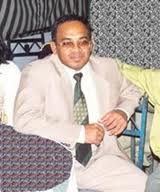“O Arjuna,”, “in this world I have taught a twofold way of life; the way of knowledge for men who engage in contemplation, & the way of works for men of actions. One cannot maintain even one’s physical life without action.
Therefore, do your allotted work regardless of results, for men attain the highest good by doing work without attachment to its results. Resign yourself to me & fix your consciousness in the self, without desire or egoism, & then fight, freed from your fever.”Krishna
Following is a gleaning from The Argumentative Indian
Writings on Indian History, Culture and Identity
By Amartya Sen
The Argumentative Indian
Prolixity is not alien to us in India. We are able to talk at some length. Krishna Menon’s record of the longest speech ever delivered at the United Nations (nine hours non-stop), established half a century ago (when Menon was leading the Indian delegation), has not been equaled by anyone from anywhere. Other peaks of loquaciousness have been scaled by other Indians. We do like to speak.
This is not a new habit. The ancient Sanskrit epics the Ramayana [2] and the Mahabharata [1], which are frequently compared with the Iliad and the Odyssey, are colossally longer than the works that the modest Homer could manage. Indeed, the Mahabharata alone is about seven times as long as the Iliad and the Odyssey put together. The Ramayana [3] and the Mahabharata are certainly great epics: I recall with much joy how my own life was vastly enriched when I encountered them first as a restless youngster looking for intellectual stimulation as well as sheer entertainment. But they proceed from stories to stories woven around their principal tales, and are engagingly full of dialogues, dilemmas and alternative perspectives. And we encounter masses of arguments and counterarguments spread over incessant debates and disputations.
Dialogues and Significance
The arguments are also, often enough, quite substantive. For example, the famous Bhagavad Gia, which is one small section of the Mahabharata, presents a tussle between two contrary moral positions-Krishna’s emphasis on doing one’s duty, on one side, and Arjuna’s focus on avoiding bad consequences (and gathering good ones), on the other. The debate occurs on the eve of the Great War that is a central event in the Mahabharata. Watching the two armies readying for war, profound doubts about the correctness of what they are doing raised by Aruba, the peerless and invincible warrior in the army of the just and honorable royal family (the Pandavas) who are about to fight the unjust usurpers (the Kauravas). Arjuna questions whether it is right to be concerned only with one’s duty to promote a just cause and be indifferent to the misery and the slaughter-even of one’s kin-that the war itself would undoubtedly cause. Krisha, a divine incarnation in the form of a human being (in fact, he is also Arjuna’s charioteer), argues against Arjuna. His response takes the form of articulating principles of action- based on the priority of doing one’s duty-which have been repeated again and again in Indian philosophy.
Krishna insists on Arjuna’s duty to fight, irrespective of his evaluation of the consequences. It is a just cause, and as a warrior and a general on whom his side must rely, Arjuna cannot waver from his obligations, no matter what the consequences are.
Krishna’s hallowing of the demands of duty wins the argument, at least as seen in the religious perspective. Indeed, Krishna’s conversations with Arjuna, the Bhagavad Gita, became a treatise of great theological importance in Hindu philosophy, focusing particularly on the ‘removal’ of Arjuna’s doubts. Krishna’s moral position has also been eloquently endorsed by many philosophical and literary commentators across the world, such as Christopher Isherwood and T. S. Eliot. Isherwood in fact translated the Bhagavad Gita into English. This admiration for the Gita, and for Krishna’s arguments in particular, has been a lasting phenomenon in parts of European culture. It was spectacularly praised in the early nineteenth century by Wilhelm von Humboldt as ‘the most beautiful, perhaps the only true philosophical song existing in any known tongue’. In a poem in Four Quartets, Eliot summarizes Krishna’s view in the form of an admonishment: ‘And do not think of the fruit of action/Fare forward.’ Eliot explains: ‘Not fare well, /But fare forward, voyagers.’
And yet, as a debate in which there are two reasonable sides, the epic Mahabharata itself presents, sequentially, each of the two contrary arguments with much care and sympathy. Indeed, the tragic desolation that the post-combat and post-carnage land-largely the Indo-Gangetic plain-seems to face towards the end of the Mahabharata can even be seen as something of a vindication of Arjuna’s profound doubts. Arjuna’s contrary arguments are not really vanquished, no matter what the ‘message’ of the Bhagavad Gita is meant to be. There remains a powerful case for ‘faring well’, and not just ‘forward.
J. Robert Openheimer, the leader of the American team that developed the ultimate ‘weapon of mass destruction’ during the Second World War, was moved to quote Krishna’s words (‘I am become death, the destroyer of the worlds’) as he watched, on 16 July 1945, the awesome force of the first nuclear explosion devised by man. Like the advice that Arjuna had received about his duty as a warrior fighting for a just cause, Oppenheimer the physicist could well find justification in his technical commitment to develop a momb for what was clearly the right side. Scrutinizing-indeed criticizing-his own actions, Oppenhiemer said later on: ‘When you see something that is technically sweet, you go ahead and do it and you argue about what to do about it only only after you have had your technical success. Despite that compulsion to ‘fare forward’, there was reason also for reflecting on Arjuna’s concerns; How can good come from killing so many people? And why should I seek victory, kingdom or happiness for my own side?
These arguments remain thoroughly relevant in the contemporary world. The case for doing what one sees as one’s duty must be strong, but how can we be indifferent to the consequences that may follow from our doing what we take to be our just duty? As we reflect on the manifest problems of our global world ( from terrorism, wars and violence to epidemics, insecurity and grueling poverty), or on India’s special concerns (such as economic development, nuclear confrontation or regional peace),it is important to take on board Arjuna’s consequential analysis, in addition to considering Krishna’s arguments for doing one’s duty. The univocal ‘message of the Gita’ requires supplementation by the broader argumentative wisdom of the Mahabharata, of which the Gita is only a small part.
There will be an opportunity in this essay, and in others to follow, to examine the reach and significance of many of the debates and altercations that have figured prominently in the Indian argumentative tradition. We have to take note not only of the opinion that won-or allegedly won-in the debates, but also of the other points of view that were presented and are recorded or remembered. A defeated argument that refuses to be obliterated can remain very alive.
The Argumentative Indian: Writings on Indian History, Culture and Identity by Amartya Sen. ISBN 0-71399-687-0
Footnotes are by bunpeiris
"Once, while I was in Mumbai, a friend (Malathi Kembhavi) of a friend of mine (Anita A. Lewis) took trouble to take me to her favourite bookshop in Bombay. “The Argumentative Indian” is one of the dozen of books she encouraged me to buy." My Sri Lanka Holidays bunpeiris
[1] Mahabharata is the ultimate literary work.Buy it and read it before you die.
[2] Ramayana, one of the greatest ever epic poems in the world was composed by Valmiki (400 BC, northern India) narrating a great war that is widely believed in India to have taken place in Sri Lanka then called Lanka. The Hindu epic has been orally traditional in Sri Lanka to a great extent. Though Ramayana is considered as mythology in Sri Lanka, some of the important Sri Lanka Holidays attractions are associated with the great poem: Adam's Bridge between Rameswaram at Ramanathapuram of Tamil Nadu the southernmost state of India; Ritigala ancient monastery and wildlife reserve at Ritigala Hill, Rumassala Kanda hill close to Unawatuna Bay Beach: Kanniyai hot springs at Trincomalee; The rock of Hakgala (Jaw Rock) at Hakgala Botanical Gardens close to Nuwara Eliya of Central Highlands.
All of these sites are Sri Lanka Holidays destinations in their own right. Association of Ramayana, in no way heightens or diminishes the value of these attractions.
However, since Ramayana has no historical background at all, so called uncalled for “Ramayana Trail” tourism promotion has been widely condemned as a hoax by the general public as well as in the academic circles of Sri Lanka. A public symposium was held by Royal Asiatic Society of Sri Lanka on Ramayana Trail Hoax.
Though Ramayana has no place in the history and cultural heritage of Sri Lanka, the leading tourism promoter of the island deemed it appropriate to declare: "It is not our job to verify historical accuracies but to encourage tourism, which is what we are doing by promoting the Ramayana Trail." That's a mouthful from the horse's mouth itself and it spilled the beans and the carrot. bunpeiris
Sri Lanka Holidays: Academics and Scholars close ranks to shed light on Ramayana Trail Hoax.
Royal Asiatic Society of Sri Lanka shed light on the hoax and enlightened the public: Professor Tissa Kariyawasma, Prof. Oliver Abeynaike, Dr. Hema Goonatilake, Dr. Nihal Perera, Dr. Malini Dias and Venerable Hegoda Vipassi delivered speeches on "Ramayana in Sinhalese literature", Indian Tourist Authorities' "Buddhist Circuit" but no Indian "Ramayana Circuit', "The factual pre-history of Sri Lanka", "Distortions of archeological evidence" and "My travails in refuting the Ramayana Trail".


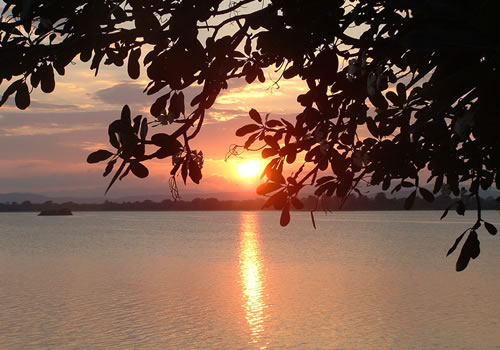
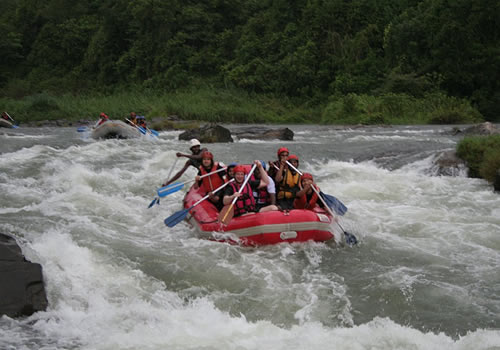
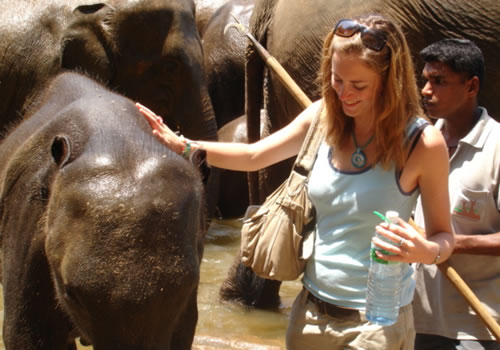
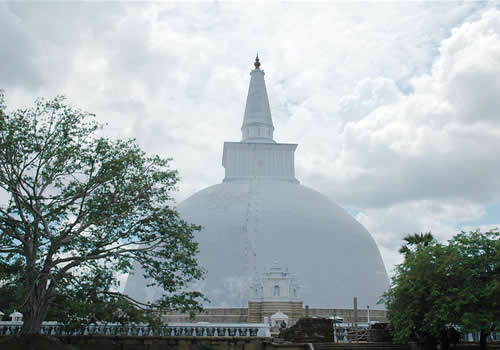
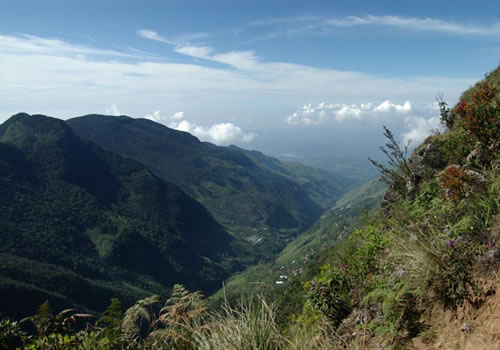
































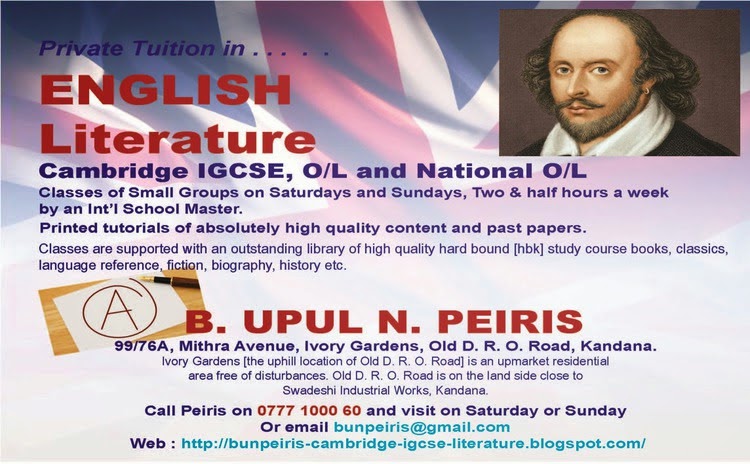










.jpg)






